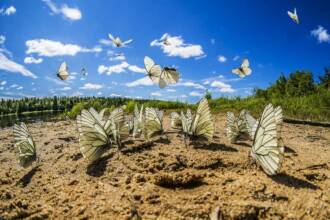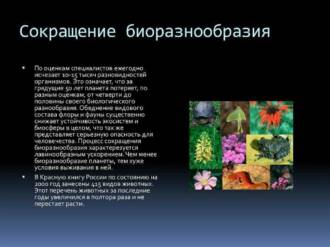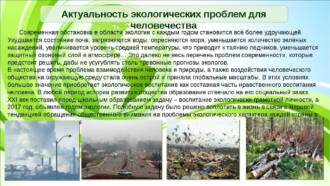
Climate change is one of the most serious threats to the diversity of living organisms on our planet. Especially vulnerable to this phenomenon are butterflies, which depend on certain environmental conditions for their survival and reproduction. However, there are strategies and tips that can help keep butterflies alive in the face of climate change.
First, it is important to create and maintain habitats for butterflies. This can be done by greening urban areas, planting plants that attract butterflies, and conserving natural areas where they seek food and places to lay eggs. It is also necessary to prevent the destruction of artificial and natural habitats such as forests, fields and water bodies.
Secondly, climate change should be taken into account when choosing plants for a garden or vegetable garden. Butterflies depend on certain types of plants to provide food for their caterpillars and to attract their adults. When choosing plants, it is worth giving preference to those that can survive in a changing climate and maintain their attractiveness to butterflies.
Third, reduce the use of pesticides and other chemicals that can be harmful to butterflies and their habitats. Instead, use more environmentally friendly pest control methods such as biological control agents or natural repellents. It is also important to pay attention to the use of fertilizers so that they do not harm the butterflies and their host plants.
In conclusion, the conservation of butterflies in the face of climate change requires the joint efforts of society, government organizations and individual action. It is necessary to preserve and create habitats for butterflies, take into account climate change when choosing plants, and limit the use of harmful substances. Only in this way can we ensure the conservation of these beautiful insects for future generations.
Selection of plants to attract butterflies

Attracting butterflies to your garden or cottage can be a fun and rewarding activity. In order to create ideal conditions for the habitat of butterflies, you need to choose the right plants. Butterflies are attracted to certain types of plants, which are their source of food and provide convenient places to lay their eggs.
1. Forage plants

Butterflies need certain plants to provide them with food in the form of nectar or leaves. For example, many species of butterflies feed on the nectar of flowers, so to attract them, it is important to plant flowering plants such as dandelions, lavathera, calendula and other flowers with bright and attractive flowers.
2. Forage plants
In addition to flowers, butterflies also need plants on whose leaves they can lay their eggs and feed after they hatch. Some species of butterflies prefer certain types of plants. For example, the caterpillars of the holy caterpillar feed only on the leaves of this plant, so planting the holy caterpillar in the garden can attract them.
It is important to consider that in order to attract different types of butterflies, it is necessary to select a variety of forage plants and fodder plants. You should also take into account the seasonality of flowering and place the plants so that they attract butterflies throughout the season.
Creating conditions for attracting butterflies in the garden or in the country is an important task that helps to preserve biodiversity and the ecosystem. Proper selection of plants will create comfortable conditions for the habitat and reproduction of butterflies, as well as add beauty and liveliness to the environment.
Creating favorable conditions for reproduction
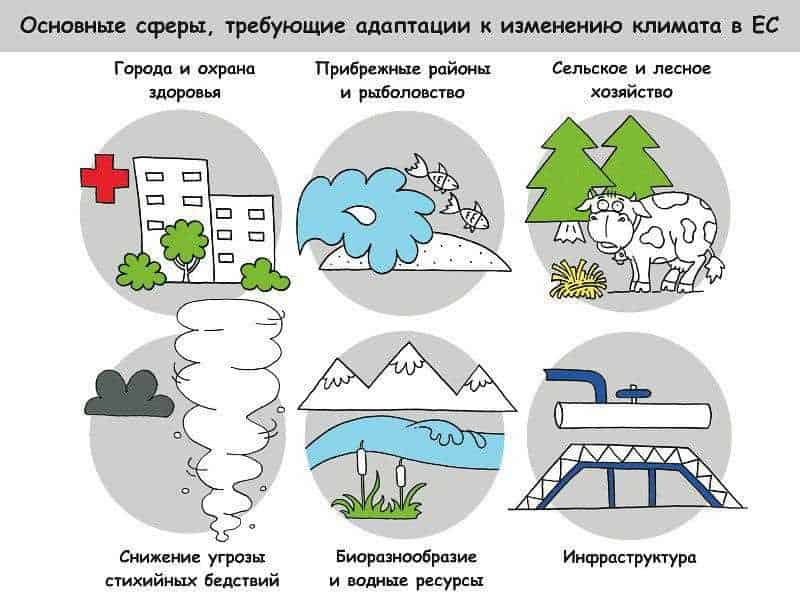
To save butterflies in the face of climate change, it is necessary to create favorable conditions for their reproduction. It is important to take into account the characteristics of each butterfly species and provide them with suitable breeding sites.
One important aspect is to ensure that suitable plants are available to feed the caterpillars. Some species of butterflies may be specialized for certain plants, so it is necessary to study the preferences of a particular species and plant the appropriate plants.
It is also important to provide butterflies with shelter and protection from predators. This can be done by creating special gardens with various plants forming dense vegetation. Such gardens can be arranged both in open areas and in urban areas on roofs and balconies.
For some species of butterflies, it is important to provide water bodies where they will breed and lay their eggs. These can be ponds, small pools, or even just containers of water where you can place rocks or floating leaves to create a comfortable environment for laying eggs.
Creating favorable conditions for the reproduction of butterflies is an important step in preserving their population in the face of climate change. This requires carefully studying the characteristics of each species and providing them with suitable places for breeding, feeding and protection.
Extreme weather protection

Climate change is affecting butterflies and their habitat, which can lead to extreme weather. In order to protect butterflies from the negative effects of such conditions, several strategies can be applied.
1. Create shelters
One way to protect butterflies from extreme weather is to create shelters. These can be special butterfly houses or simply places where butterflies can hide during strong winds or rain. Hideouts can be created from natural materials such as twigs, leaves, or rocks to match the natural habitat of butterflies.
2. Maintain vegetation diversity
For butterflies, the presence of a variety of vegetation is very important, as they feed on the nectar of flowers and use plants as places for laying eggs and developing caterpillars. With climate change, the conditions for the growth and distribution of plants may change, so it is important to maintain the diversity of vegetation and take care of its conservation.
3. Formation of reserves and protected areas
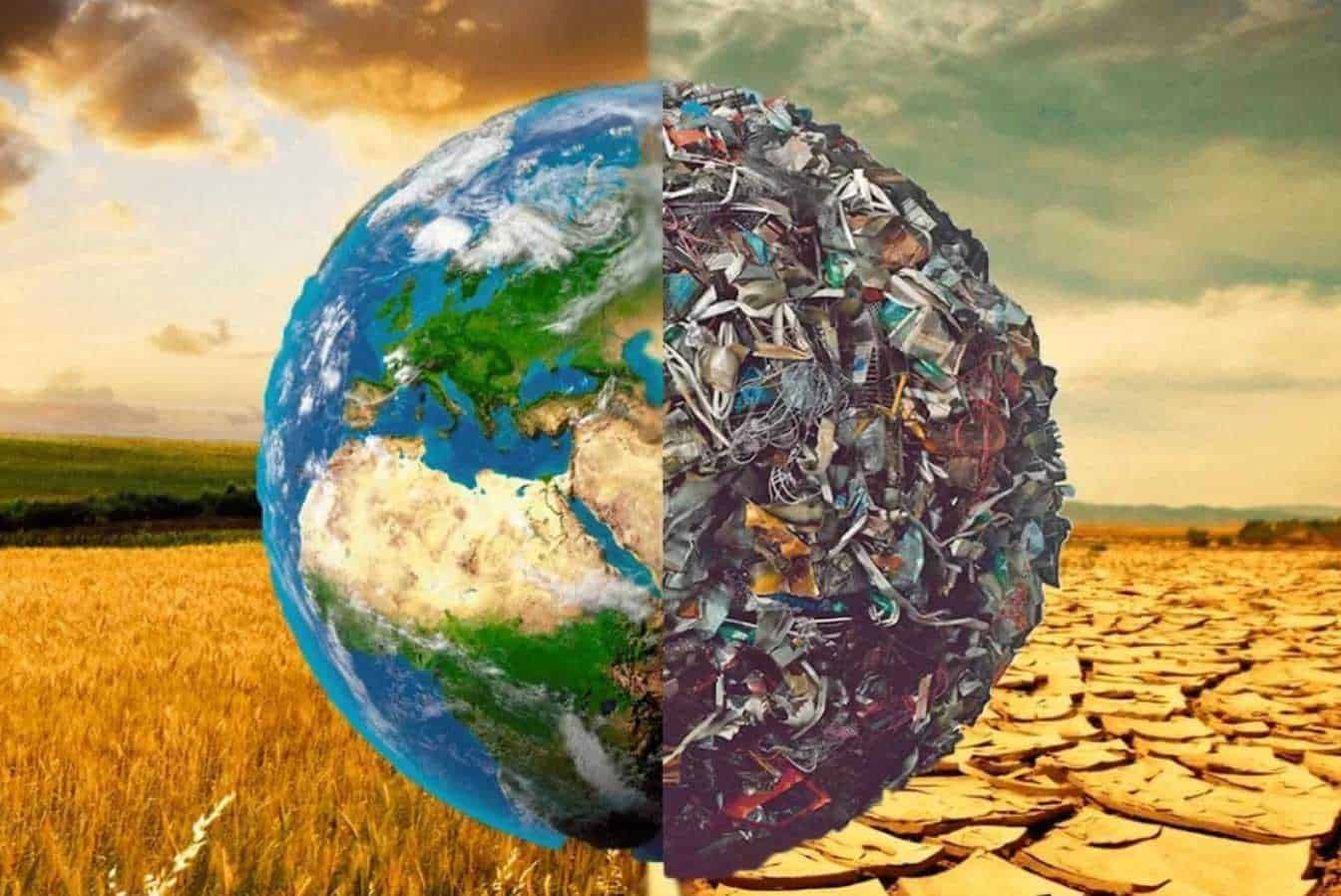
In order to preserve butterflies and their habitat in extreme weather conditions, it is important to create nature reserves and protected areas. Such places can serve as a refuge for butterflies and help them survive in a changing climate. Reserves and protected areas should be protected from destructive human activity and provide favorable conditions for the development and reproduction of butterflies.
Limiting the use of pesticides
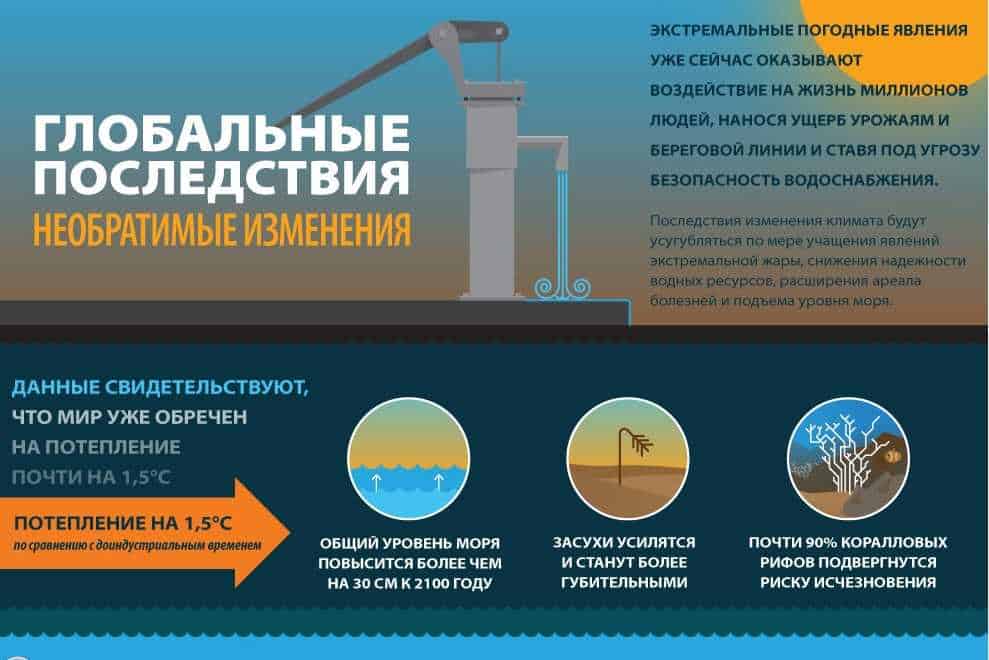
One of the key aspects of butterfly conservation in the face of climate change is limiting the use of pesticides. Harmful chemicals used to control pests can have detrimental effects on butterflies and their habitats. It is therefore important to develop strategies that reduce pesticide use and use safer alternatives.
To begin with, it is necessary to analyze and evaluate the current use of pesticides in the area where the butterflies live. This will identify the main sources of pollution and determine what specific measures need to be taken to reduce the use of pesticides. Educating farmers and gardeners about the negative effects of pesticides on butterflies and providing them with alternative pest control methods can encourage a shift towards more environmentally friendly approaches.
One strategy to limit the use of pesticides can be the use of an integrated pest management system. This involves the use of a variety of pest control methods such as biological control, the use of pest repellants and plant nutrition to increase plant resistance to pests. This approach reduces dependence on pesticides and improves the balance between pests and beneficial insects, including butterflies.
Monitoring of abundance and species diversity

Monitoring the abundance and species diversity of butterflies is an important tool for determining the state of populations and assessing the impact of climate change on their abundance and diversity. For monitoring, it is necessary to establish permanent observation sites and conduct regular surveys.
One of the main methods of monitoring is counting the number of butterflies. Various methods can be used to do this, such as counting butterflies in a certain area or using traps to collect population data over a certain period of time.
It is also important to take into account the species diversity of butterflies when monitoring. This can be done using species identification methods, such as collecting samples for laboratory identification or using photographs to identify species.
Monitoring the abundance and species diversity of butterflies makes it possible to track changes in their populations and determine trends associated with climate change. This allows more efficient planning of conservation activities for butterflies and taking measures to protect their habitats.
Educational Programs and Public Engagement
Development of educational programs
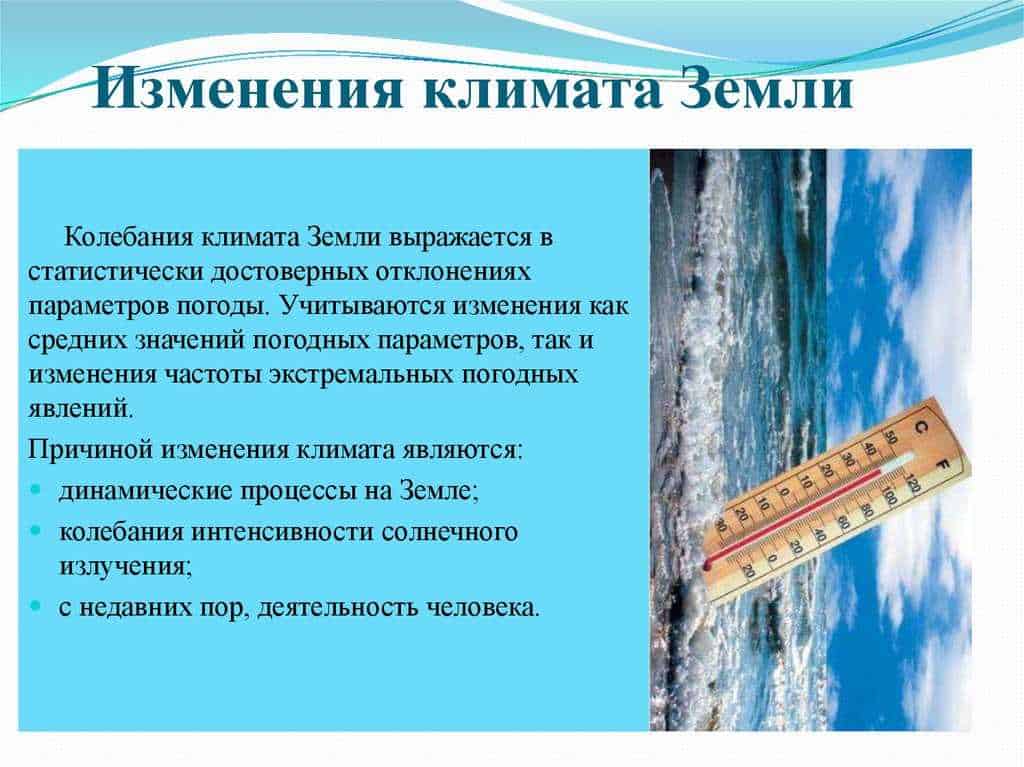
To conserve butterflies in the face of climate change, it is necessary to develop educational programs that will provide information about the importance of butterflies in the ecosystem and about methods for their conservation. Such programs may include lectures, seminars, workshops, workshops and excursions.
Educational programs should be available to different age groups and social classes in order to reach the largest number of people. It is important that the program is interesting and understandable, so that participants can gain not only theoretical knowledge, but also practical skills in conservation of butterflies.
Public involvement

To save butterflies, it is necessary to involve the public in their protection. To do this, various events can be organized, such as exhibitions, festivals, competitions and promotions dedicated to the conservation of butterflies.
It is important to actively use social media and the media to spread awareness about the importance of butterflies and the possibilities for their conservation. Public lectures, free tours and other events can also help raise public awareness and interest in the issue.
In addition, partnerships can be formed with local organizations, schools and universities to hold joint events and develop educational programs. This will help spread the word about butterfly conservation to a wider audience and raise public awareness of the issue.

